1. Sunken Living Rooms

In the 1980s, sunken living rooms were the epitome of chic. They offered a “conversation pit” vibe, perfect for cocktail parties and lounging with a wine cooler in hand. This style gave homes a sense of architectural drama and was often a centerpiece in home design magazines. Builders saw them as a way to separate spaces without adding walls.
Today, they’re more of a tripping hazard than a design flex. Homebuyers—especially families with small children or older residents—see them as impractical and even dangerous. They also pose a challenge when trying to achieve an open-concept floor plan, making renovations costly. Most people would rather have a level floor they don’t have to step down into.
2. Mirrored Walls
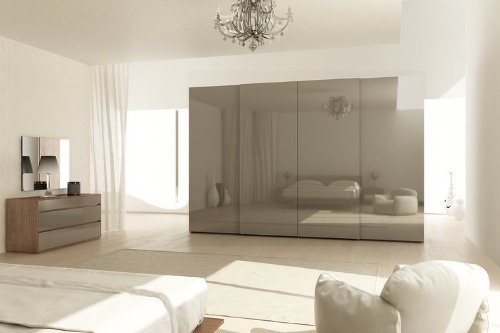
Nothing screamed “luxury” like a full wall of floor-to-ceiling mirrors in the living room or dining area. They were meant to create the illusion of a larger space and to reflect light, making rooms look brighter. In the ’80s, this was a glam touch that gave any home a bit of that “hotel suite” feeling. Think Dynasty meets suburban flair.
But in modern home design, mirrored walls are a giant red flag. They’re difficult and expensive to remove or replace, and they date a space instantly. Most buyers today associate them with dated bachelor pads or old dance studios. Instead of luxe, they now scream “what were they thinking?”
3. Popcorn Ceilings
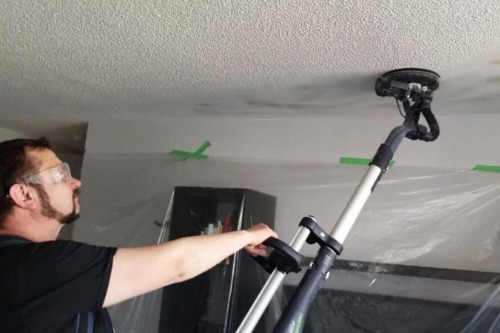
Popcorn ceilings were once marketed as a premium upgrade. They were cheap to apply, helped with noise reduction, and covered up ceiling imperfections easily. Builders loved them, and homeowners appreciated the “textured” look that felt modern at the time. This feature became nearly ubiquitous in homes built from the ’60s through the ’80s.
Now? They’re practically a dealbreaker. Not only do they look outdated, but they can also contain asbestos if the home was built before the mid-1980s. Most buyers see them as a costly project waiting to happen. Removing popcorn ceilings is messy, expensive, and often requires professional help.
4. Carpeted Bathrooms
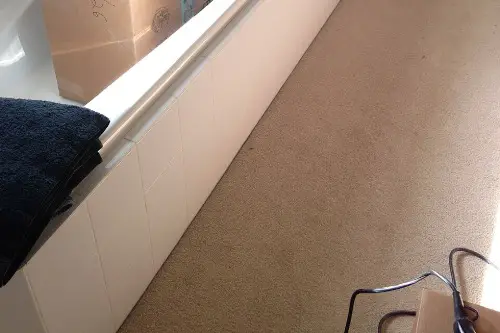
Yes, it was once a real thing. In the ’80s, carpeted bathrooms were viewed as cozy and even luxurious, giving a spa-like vibe at home. The idea was to provide warmth and comfort underfoot—something tile just couldn’t offer. Designers leaned into the plush aesthetic, even matching the carpet to the bathroom décor.
Today, this design choice is nearly unforgivable. Carpet in bathrooms is a breeding ground for mold, mildew, and bacteria. It’s also almost impossible to keep clean, especially in high-humidity areas. Modern buyers usually recoil at the sight of it and mentally add “rip it out” to their to-do list.
5. Built-In Intercom Systems
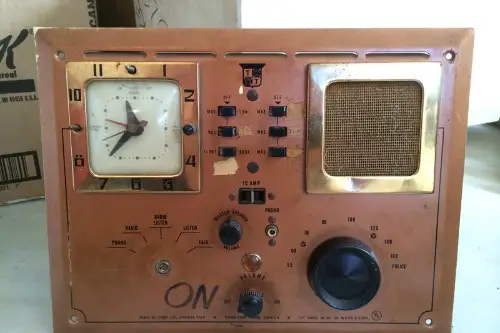
Home intercom systems were a futuristic must-have in ’80s suburban homes. It felt high-tech to be able to buzz someone from the kitchen to the garage or pipe music throughout the house. These systems were often installed during construction, complete with wall units in nearly every room. They represented peak innovation before cell phones and smart speakers.
But today, they’re obsolete and kind of embarrassing. Most intercom systems don’t work anymore, and the bulky wall units are just taking up space. Smart home devices like Alexa and Google Nest do the job far better. Buyers often see old intercoms as eyesores that will require patching and rewiring.
6. Glass Block Windows
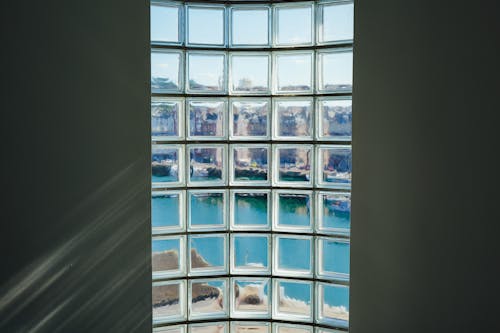
In the ’80s, glass block windows were a modern solution to a common problem: how to let in light without sacrificing privacy. They were especially popular in bathrooms and basements. The thick, textured glass gave a high-end vibe and added visual interest. Builders loved them for being low maintenance and durable.
But what once seemed stylish now feels stuck in time. Glass blocks can make a room feel dated and boxed in, and they clash with modern design aesthetics. Most buyers today prefer sleek, frosted or privacy-treated panes that don’t interrupt the flow of light. Replacing them often means a full window remodel—another expense buyers don’t want.
7. Vertical Blinds

These were all the rage in the ’80s, especially for sliding glass doors and large windows. Vertical blinds offered a sense of clean lines and were considered modern and practical. They could be tilted to let in just the right amount of light and came in a variety of materials from plastic to vinyl. Homes that had them looked more “upscale” at the time.
Now, they’re often seen as a rental-grade relic. They’re noisy, prone to tangling, and easily damaged—especially if you have pets or kids. Most buyers associate vertical blinds with dated apartments or office buildings. These days, people want streamlined roller shades or airy curtains instead.
8. Step-Up or Platform Bathtubs
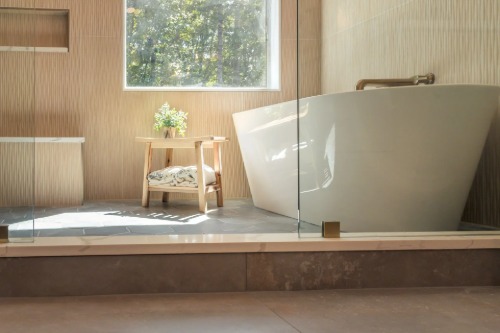
A giant, step-up soaking tub surrounded by tile or even carpet was the ultimate ’80s bathroom goal. These elevated tubs were often the centerpiece of the primary bathroom, framed by gold fixtures and sometimes even a few faux columns. The design signaled luxury and relaxation—baths weren’t just functional, they were indulgent. A built-in ledge for plants and candles completed the look.
Today, these tubs are considered space hogs and safety risks. Getting in and out of a raised tub can be tricky, especially as homeowners age. Plus, they take up valuable square footage that could be better used for a walk-in shower or double vanity. Most buyers see them as a renovation project waiting to happen.
9. Faux Stone or Brick Accents
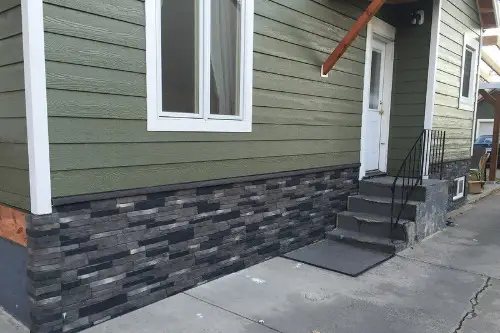
Faux finishes were huge in the ’80s, and faux stone or brick was considered very trendy. It gave suburban homes a rustic or Tuscan touch, often used in fireplaces, kitchen backsplashes, or even entire walls. The idea was to bring in texture and character without the cost of real masonry. For a while, it worked—it had personality.
But now, buyers tend to see it as fake and kitschy. The materials don’t age well and are usually glued to drywall, making them tough to remove. Most people prefer natural materials or clean, minimalist surfaces. What once felt custom now just feels like a shortcut.
10. Huge Built-In Entertainment Centers
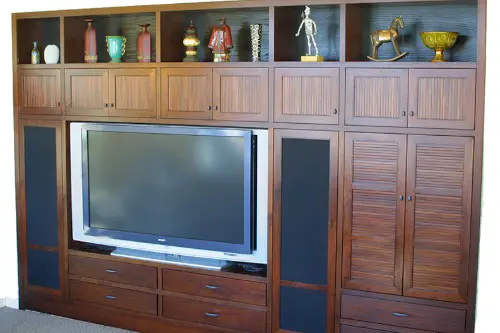
Before flat screens and streaming, entertainment centers were the heart of the home. In the ’80s, they were often custom-built to house bulky tube TVs, VCRs, stereo systems, and stacks of VHS tapes. These built-ins were huge, often taking up an entire wall and sometimes even incorporating display shelves for knick-knacks. They made a statement—this was where the action happened.
Fast forward to today, and they’re considered massive space wasters. TVs are now sleek and wall-mounted, and no one needs built-in shelves for their DVD collection. Removing these units can be expensive, especially if they’re load-bearing or tied into the home’s architecture. Buyers see them as a project, not a perk.
This post 10 Things That Were Considered Prime Real Estate Perks in the ’80s—Now They’re Dealbreakers was first published on American Charm.


